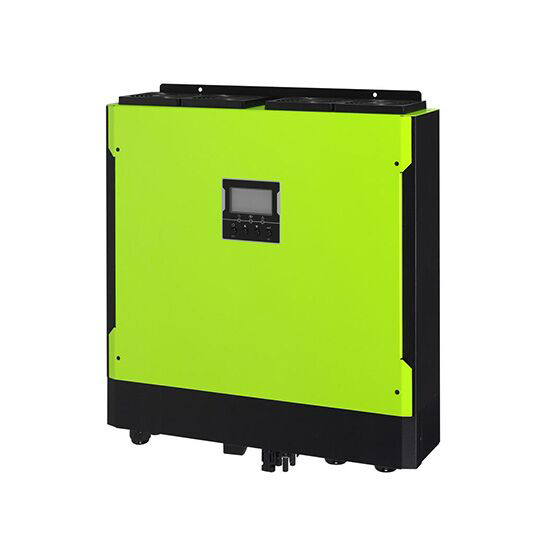Monocrystalline solar panels are an excellent choice for generating electricity from sunlight. They are
known for their high efficiency and space-saving design. Monocrystalline panels are made from single
crystal structures, which allows for greater electron flow, making them more efficient at converting
sunlight into electricity compared to other types of solar panels.
Their sleek appearance and black color also make them a popular choice for residential installations, as
they blend well with most roof designs. Monocrystalline panels are durable and have a long lifespan,
typically around 25 years or more.
However, monocrystalline silicon panels tend to be more expensive than other options, such as
polycrystalline panels. The choice of solar panel type should depend on your budget, available space, and
specific energy needs. If you can afford the initial investment, mono panels offer a reliable and
efficient solution for harnessing solar energy.

Mono Solar Panels
Monocrystalline solar panels are ideally suited to the evolving needs of today's PV manufacturing industry. EnterSolar monocrystalline photovoltaic cells are produced using best-in-class raw materials and subject to strict
quality control. OEM is also one of our specialties.
EnterSolar solar modules adopt industry-standard designs. Unlike traditional fuels, monocrystalline pv panels emit no
harmful gases or smoke, making them extremely environmentally friendly. Avoiding shading losses from metal
electrodes, maximizing sunlight absorption, and significantly improving conversion efficiency. So we are
involved in many fields in China.
Specification:
| Model | ATO-QN |
| Solar Cell | mono 182 |
| Types of Connector | MC4 |
| Power | 30W-550W (customized) |
| Frame |
anodized aluminum alloy
|
| Junction Box | IP67/0*bypass diode |
| Mechanical Load |
front 5400 PA / back 2400 PA |
| Tempered Glass |
3.2 mm high permeability coated |
| Wind Velocity | 1 m/s |
| Battery Temperature | 25 ℃ |
Manufacturing in Monocrystalline Silicon:
EnterSolar solar module monocrystalline utilize high efficiency monocrystalline solar cell designs, with efficiency
reaching up to 21.3%. Metal roof solar panels are designed in a more compact size, allowing you to install
more mono solar plates on your roof to generate more power. This enables the solar modules to consistently
generate stable output in low-light conditions or high temperatures.
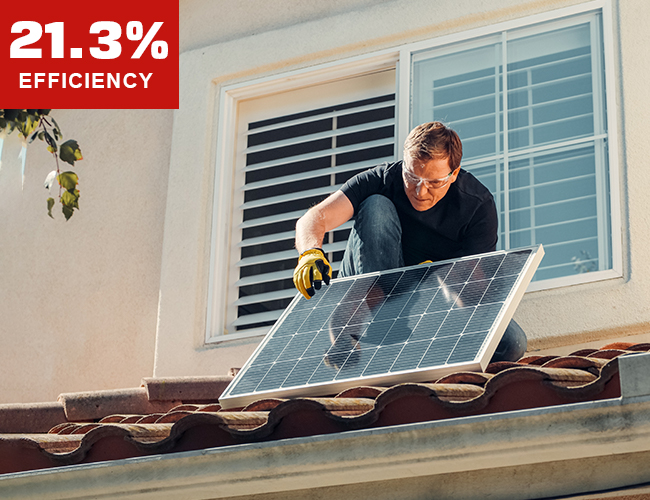
Half Cut Panel and Unparalleled
Reliability:
EnterSolar monocrystalline solar panel come with a 10-year peace of mind warranty and a 25-year performance
warranty, offering the best coverage in the industry, whether it's half cut solar panel or a piece. Mono
crystalline panels in EnterSolar deliver reliable performance.
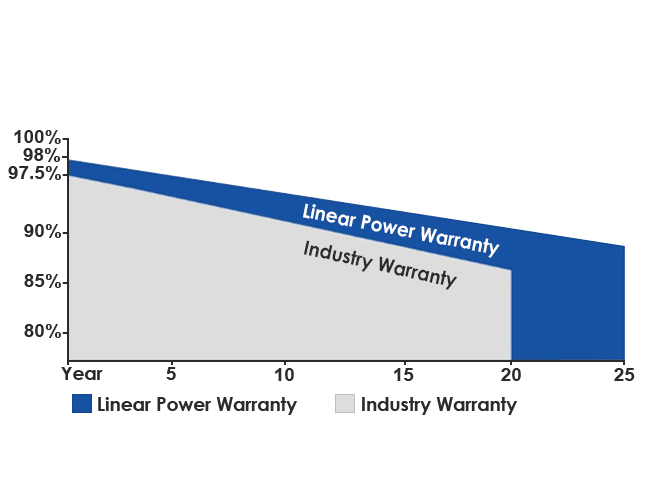
OEM/ODM Design:
With 20 years of off-grid solar manufacturing experience, we have accumulated design
expertise in various project scenarios. Through high standards, voltage and dimensions of mono solar plate
can be customized based on user requirements, catering to specific uses across various scenarios,
significantly expanding the application scope of solar energy. If you have any OEM/ODM related questions,
contact us in time.
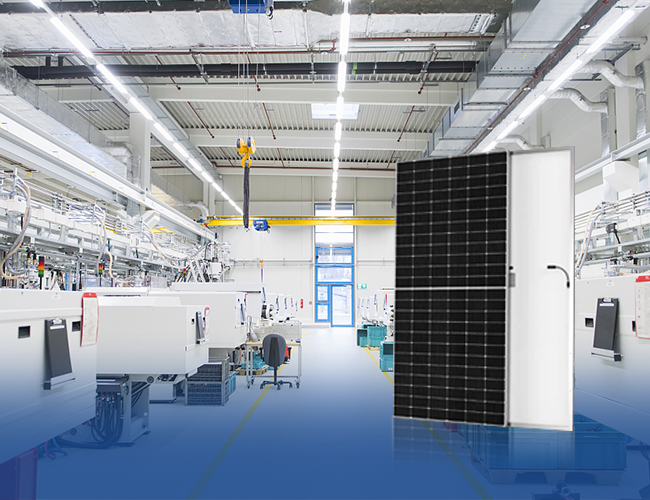
Correct Installation of Solar Photovoltaic Panel
1. Before installation, you first need to figure out the positive and negative poles of the photovoltaic panels to be connected in series. Never be able to get it wrong, or it will lead to charging not into the electricity, and in serious cases will also burn the panel, the service life is greatly shortened, and even the risk of explosion.2. Next you need to lay out the wires, try to choose copper wires that are insulated and preferably of a different color to facilitate the installation. Install the wires in place, and the joints need to be wrapped with insulating tape. Then determine the direction of the solar pv panel installation, towards the direction of the best is due south, in order to meet the requirements of light.
3. Finally then adjust the angle of tilt, if close to the south, the angle can be set smaller. For example, if the latitude is 0 to 25 degrees, the tilt angle can be set at about 25 degrees. If the latitude reaches between 26 to 40 degrees, add 5 or 10 degrees on top of 25 degrees.
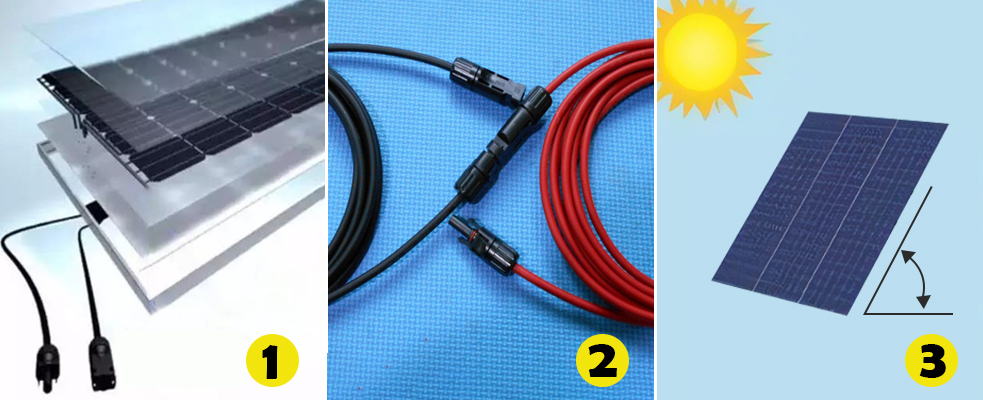
Customer says
“ This type of mono solar plate has excellent low-light performance and is built with a strong, tempered glass and aluminum frame. I had some problems with the pv panels on my roof. Through the solar power solution that EnterSolar has customized for me, my roof solar panels are working better and efficiently. And A++ for customer service.
”
- - - by Steve Geoff From China - - -
Mono Solar Panel FAQ
Are mono solar panels any good?
Are there different sizes available for mono solar panels?
Yes, mono solar plates come in various sizes to suit different applications and power requirements.
Commonly, they are available in three main sizes: standard, compact, and large.
1. Standard-sized mono solar panels typically have dimensions around 65 inches by 39 inches (165 cm by 99 cm) and provide a power output of 300-400 watts. These are commonly used in residential and commercial installations on rooftops and open spaces.
2. Compact-sized monocrystalline pv panels are smaller, with dimensions around 40 inches by 20 inches (101 cm by 51 cm). They are suitable for smaller installations, off-grid applications, and portable devices, offering power outputs of 50-200 watts.
3. Large-sized mono solar panels are significantly bigger, with dimensions exceeding the standard size, providing power outputs of 400 watts and above. They are often used in utility-scale solar farms and industrial installations.
The choice of size depends on the available space, energy needs, and the specific project requirements.
1. Standard-sized mono solar panels typically have dimensions around 65 inches by 39 inches (165 cm by 99 cm) and provide a power output of 300-400 watts. These are commonly used in residential and commercial installations on rooftops and open spaces.
2. Compact-sized monocrystalline pv panels are smaller, with dimensions around 40 inches by 20 inches (101 cm by 51 cm). They are suitable for smaller installations, off-grid applications, and portable devices, offering power outputs of 50-200 watts.
3. Large-sized mono solar panels are significantly bigger, with dimensions exceeding the standard size, providing power outputs of 400 watts and above. They are often used in utility-scale solar farms and industrial installations.
The choice of size depends on the available space, energy needs, and the specific project requirements.
What is the difference between mono and perc solar panel?
Monocrystalline (mono) and polycrystalline (perc) solar panels are two common types of photovoltaic panels
used to convert sunlight into electricity. The key difference lies in the composition of their solar
cells.
Monocrystalline panels are made from a single crystal structure, resulting in higher efficiency and a sleek black appearance. They are more space-efficient, making them ideal for limited roof space and higher energy yields, but tend to be more expensive.
Polycrystalline panels, including PERC (Passivated Emitter Rear Cell) technology, use multiple silicon fragments to form cells. They are generally less efficient than monocrystalline panels, with a blueish hue. However, they are more cost-effective and perform well in less sunny conditions.
Ultimately, the choice between mono and perc panels depends on factors like available space, budget, and climate. Monocrystalline panels are a premium choice for optimal efficiency, while polycrystalline, including PERC, panels offer a cost-effective alternative suitable for many solar installations.
Monocrystalline panels are made from a single crystal structure, resulting in higher efficiency and a sleek black appearance. They are more space-efficient, making them ideal for limited roof space and higher energy yields, but tend to be more expensive.
Polycrystalline panels, including PERC (Passivated Emitter Rear Cell) technology, use multiple silicon fragments to form cells. They are generally less efficient than monocrystalline panels, with a blueish hue. However, they are more cost-effective and perform well in less sunny conditions.
Ultimately, the choice between mono and perc panels depends on factors like available space, budget, and climate. Monocrystalline panels are a premium choice for optimal efficiency, while polycrystalline, including PERC, panels offer a cost-effective alternative suitable for many solar installations.
What is the life expectancy of a mono solar panel?
Monocrystalline solar panels are known for their durability and long lifespan. On average, these panels
have a life expectancy of 25 to 30 years, but many can continue to operate efficiently for even longer
with proper maintenance and care. Their longevity is attributed to their high-quality materials and
manufacturing processes.
Over time, the efficiency of mono half cut solar panels may degrade, but this degradation is typically slow, with most manufacturers guaranteeing that their panels will still produce at least 80% of their original power output after 25 years. Regular cleaning and maintenance can help preserve their efficiency.
Furthermore, advancements in solar panel technology, materials, and manufacturing have been ongoing, potentially extending the life expectancy of monocrystalline panels. When considering the investment in solar energy, their extended lifespan makes them a reliable and cost-effective choice for renewable energy generation over several decades.
Over time, the efficiency of mono half cut solar panels may degrade, but this degradation is typically slow, with most manufacturers guaranteeing that their panels will still produce at least 80% of their original power output after 25 years. Regular cleaning and maintenance can help preserve their efficiency.
Furthermore, advancements in solar panel technology, materials, and manufacturing have been ongoing, potentially extending the life expectancy of monocrystalline panels. When considering the investment in solar energy, their extended lifespan makes them a reliable and cost-effective choice for renewable energy generation over several decades.
Can mono solar panels generate power in low-light conditions?
Mono solar panels, like other photovoltaic technologies, can generate power in low-light conditions,
although their efficiency decreases as sunlight diminishes. These panels rely on the photovoltaic effect
to convert sunlight into electricity. In low-light scenarios, such as overcast days or early
morning/evening, they can still produce electricity, albeit at reduced rates compared to full sun
exposure. Mono panels are known for their higher efficiency and improved performance in diffused or
low-light conditions compared to polycrystalline panels.
However, it's essential to understand that extreme low-light or nighttime conditions won't yield any power production. To enhance performance during low-light conditions, some systems integrate tracking mechanisms or battery storage to store surplus energy generated during peak sunlight hours for later use. Additionally, choosing a higher-quality and more efficient mono solar panel can provide better results in challenging lighting situations.
However, it's essential to understand that extreme low-light or nighttime conditions won't yield any power production. To enhance performance during low-light conditions, some systems integrate tracking mechanisms or battery storage to store surplus energy generated during peak sunlight hours for later use. Additionally, choosing a higher-quality and more efficient mono solar panel can provide better results in challenging lighting situations.
Related Solar Products
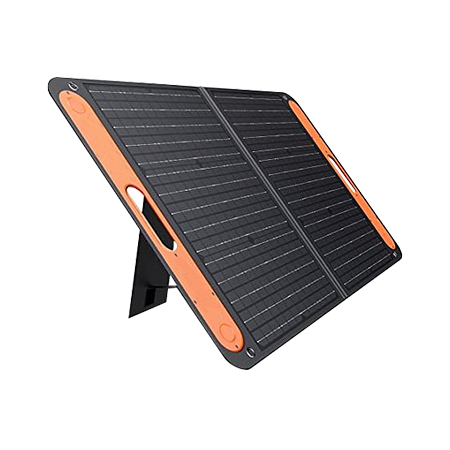
Portable Solar Panels
A portable solar panel is a small, easily transportable device equipped with photovoltaic cells that capture sunlight and convert it into electrical energy.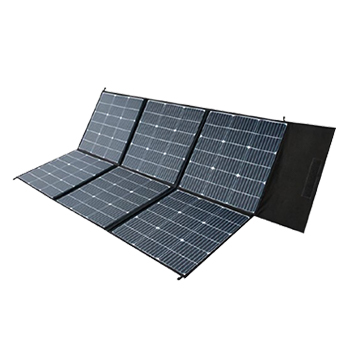
Folding Solar Panels
A foldable solar panel is a compact and flexible photovoltaic module designed for portability. It can be easily folded for transport or storage.